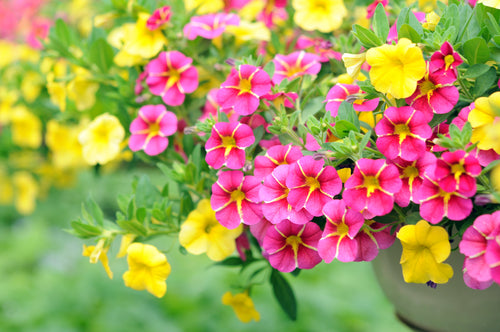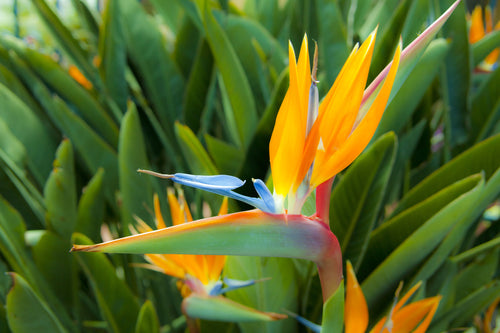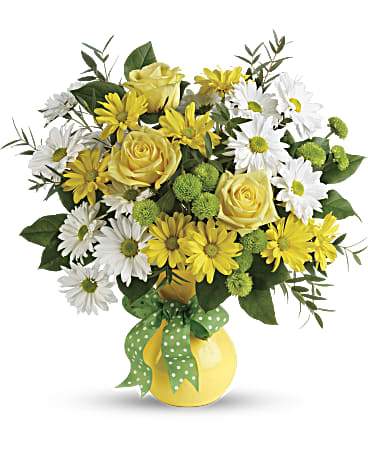Autumn is the ideal time for carrying out an array of tasks. Lower temperatures and increased rainfall both provide ideal conditions for planting trees and shrubs, as reduced heat and drought stress will ensure new plantings can get established. The sooner you plant, the longer your plants will have to root in prior to freezing temperatures and therefore the higher their chance of survival. Always make certain that all plantings, whether new or established, are well watered going into winter. Keep in mind the evergreens do continue to loose moisture throughout winter which they cannot replenish. Mulch will further help protect plantings from both desiccation and cold damage. Autumn is also when you need to think about planting spring bulbs. If you want a dazzling display of spring flowers next year, be sure to plant some spring bulbs.
Many regenerative lawn chores are ideally carried out in autumn; depending on necessity you can fertilize, dethatch, core-aerate, topdress, overseed and reseed. Remember that organic fertilizer or topdressing with a thin layer of fine compost provide slow-release nutrition and thereby a long-term effect. Compost also supports soil microorganisms which are essential to the long-term health of your plantings, and acts as a soil amendment, loosening up compacted soils. Autumn is ideal for seeding as soil temperatures are still warm, yet air temperatures are already cool. When overseeding an existent lawn, or seeding a new area, keep new seedlings well-watered so these can get well rooted prior to the onset of winter.
When carrying out your autumn cleanup this year, consider allowing your perennials to stand over winter, and cut these back in spring. Many butterflies and other beneficial pollinators actually overwinter in the stems of perennials and also in the fallen leaf litter. By cutting these down in spring, and leaving some leaves in garden beds, you could help overwinter some of your favorite summer garden visitors. Perennials can also provide a food source for birds and aesthetic appeal. Remove leaves from lawns to avoid grass die-off and disease occurrence. Leaves can be left in garden beds as these will provide winter protection. Some leaves are best shredded to avoid a heavy, wet layer of compacted leaves in the spring. Leaf mulch acts as an excellent soil amendment, loosening and nourishing soils. Leaves are also good to have on hand throughout the growing season to mix into the compost heap.
When trying to prioritize tasks there is no set rule, this will vary for each garden. For those planting trees and shrubs this year, I would recommend getting those in the ground prior to everything else. Leaf cleanup is always one of the most time-consuming tasks so be sure to tackle this early and repeatedly, especially on sensitive and highly visible areas. Another strategy would be to alternate tasks between years; apply compost one year and carry out lawn care another. Not every autumn chore needs to be performed annually.









